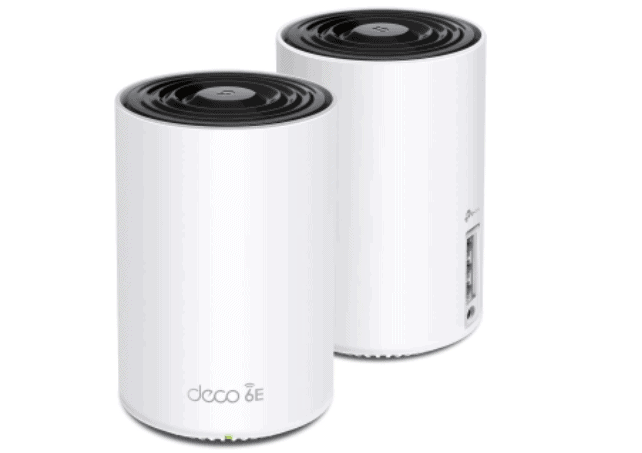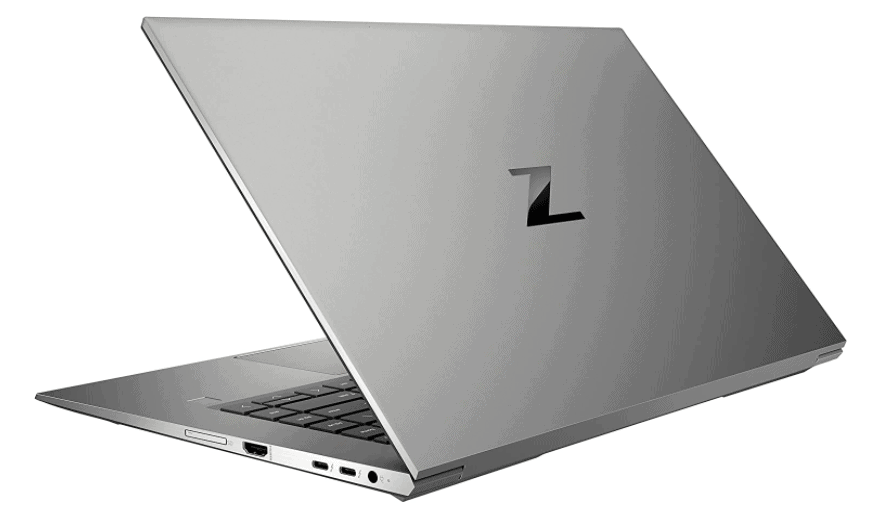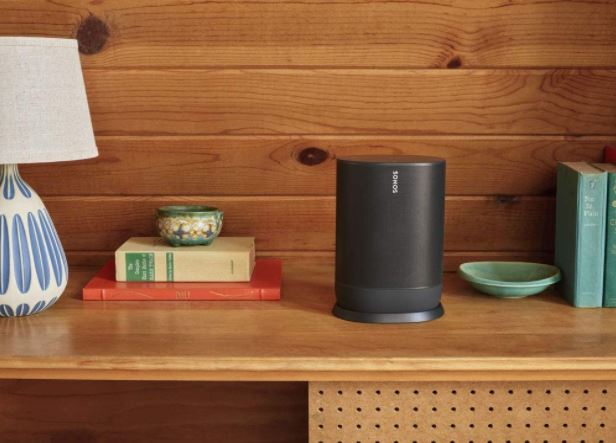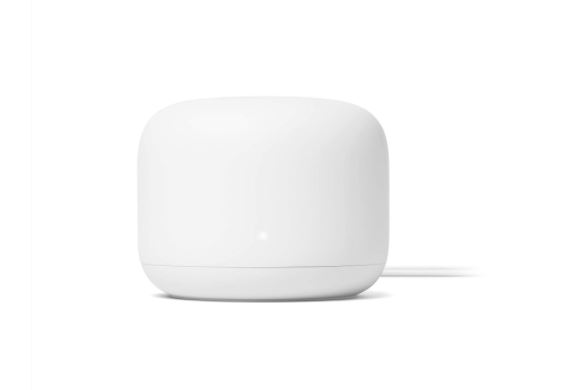TP-Link Deco XE75: Wi-Fi 6E in the home has been an upgrade reserved for people with significant pockets for several years. With original Wi-Fi 6E mesh systems costing well over $1,000, these routers were mostly beyond reach for the average user. By 2022, we should be seeing a seismic change that will aid in the adoption of Wi-Fi 6E mesh networks and home routers.
For example, Eero’s Pro 6E offers respectable performance at large savings as compared to early entries in the sector. Now, TP-Link is shaking up the Wi-Fi 6E mesh market with the Deco XE75 mesh network, which is even cheaper.
The TP-Link Deco XE75 promises Wi-Fi 6E speeds and performance at one-fifth the price of Netgear’s three-pack Orbi system, starting at $299 for a two-pack system. This may make the Deco XE75 a more affordable upgrade for people looking for Wi-Fi 6E without breaking the bank. And, for the most part, TP-Link does an excellent job of delivering performance comparable to rival systems costing five times as much.

TP-Link Deco XE75 Design
The Deco XE75, like other modern mesh systems, has a basic, modern, and minimalist design that features a tall and narrow cylindrical shape with a clean matte white finish complimented with glossy black trim. When you have the Deco XE75 dispersed throughout your home, it’s humble and unobtrusive, which is a wonderful thing. Mesh networks perform best when they are positioned in plain view, as opposed to traditional routers, which are often hidden under shelves or in cabinets.
The XE75 is slightly smaller than the 11.1-inch tall Orbi RBKE963, but it still takes up more space in the home than the diminutively compact Amazon Eero Pro 6E, which stands at only 2.1 inches tall and has a little larger 5.3-inch squared footprint.
Nonetheless, TP-Link did not stray far from its conventional mesh design. The Deco XE75’s overall design is reminiscent of the Deco S4, which comes with earlier Wi-Fi 5 technology and is slightly taller than the Deco X60 and X55.
The increased height is most likely to allow a tri-band AX5400 connection, which includes a new 6GHz band for dedicated backhaul to boost performance. According to TP-Link, the design can support up to 200 devices at speeds of up to 5,400Mbps. The Deco XE75 is not the fastest Wi-Fi 6E modem available at 5.4Gbps — the Orbi RBKE963 can achieve double that speed for five times the price of the TP-Link gadget.
The sleek design has a glossy black, circular grill-shaped plate on top evocative of older smart speaker designs, as well as a vertical layout of three Ethernet connections and a power jack on the back. The ports support Gigabit wired connections, however, unlike more premium Wi-Fi 6E routers, they do not support multi-gig speeds.
Given that multigigabit broadband plans are starting to take off in the United States, this appears to be a major missed opportunity for futureproofing. A single LED light adorns the bottom front and can be toggled within the app to provide a quick visual indication of your network health.
According to TP-Link, a two-pack XE75 system can provide a consistent Wi-Fi signal to residences as large as 5,500 square feet.
You may also like Google Nest WiFi Review: Mesh Router for Wireless Internet
Setup
While people who have never set up a router before will appreciate TP-app-based Link’s setup process, sophisticated users with networking experience may find the simplicity a touch too simple. The Deco XE75, like its modern home-based peers, is totally set up by the app, which advises you on how and when to connect the modem and nodes. It’s foolproof, effective, and simple, which should delight the majority of people. More advanced networkers will most likely desire access to extra settings and configurations via a web-based interface.
When you plug in the Deco, the front LED light turns yellow. If you don’t want to check the app, the light will change color and blink depending on the condition of your network to give you a visual indication of what’s going on. After plugging in the Deco, launch the app and begin the setup procedure by selecting the Deco model from the list. It’s the Deco XE75 in this situation. The TP-Link app, which is free to download for iOS and Android smartphones, will walk you through the steps.
You can improve coverage by adding extra satellite nodes via the app. You should be able to mix and match nodes from the TP-Link Deco collection as well. In principle, you can have a main Wi-Fi 6E network that can be supplemented with Wi-Fi 6E, Wi-Fi 6, or even Wi-Fi 5 nodes in different regions of your home as long as one of the two Deco XE75 units is plugged into your modem and acting as a router. When you move about the house, the system should automatically route your connection to the closest or strongest signal node.
The AI-driven mesh from TP-Link powers this automatic routing. It’s simply marketing speak for beam steering, and it’s all powered by artificial intelligence via the device’s built-in 1.7GHz quad-core processor.
In the app, you may name your network, modify the network password, and set up a guest network if you don’t want to reveal your master network password to visitors.
You may also like Eero Pro 6 Mesh Wifi System with Fire TV Cube
TP-Link Deco XE75 Performance
The XE75’s performance will vary based on the size, layout, and materials utilized in the construction of your area. Remember that Wi-Fi performance degrades as it passes through thick materials such as strong walls, metal-reinforced doors, and even furniture such as thick bookcases.
We put the Deco XE75 through its paces in a 1,300-square-foot split-level two-bedroom townhouse. While a one-pack configuration would have been adequate for a modest setup, We did use both units in the two-pack review sample given to test performance. The primary unit was linked to the router, which was installed in the living room on the first floor of the townhouse at the front of the house, and the second unit was installed in an upstairs bedroom at the back of the house. Our broadband subscription is 600Mbps, and we get about 620Mbps when we connect wirelessly to the modem from a five-foot distance.
When added a single Deco XE75 router to the network, we received around 600Mbps from the living room on a Wi-Fi 6E-enabled Samsung Galaxy S22 Ultra smartphone.
When connected to the living room router, which is located at the opposite end of the house from the upstairs bedroom, speeds dropped by 30Mbps to 70Mbps and averaged around 555Mbps. The speeds increased from 570Mbps to 580Mbps when a node was installed in the upstairs bedroom.
If you can live with TP-simplified Link’s UI, the Deco XE75 offers almost identical performance for roughly 60% less than a comparable two-pack configuration of the competitive Eero Pro 6E. This makes the Deco XE75 a winner, particularly for low-cost households. There are certain distinctions, so if you’re fussy and less price-sensitive, significant characteristics can impact your decision.
In numerous testing, performance on both the 5GHz and 6GHz bands was noticeably strong across my home, and the devices benefited from the XE75’s rapid speed. TP-Deco Link provides some freedom in how the 6GHz spectrum might be used. The 6GHz band, in addition to the 2.4GHz and 5GHz bands, can be utilized for device connectivity or as a specialized backhaul. What’s missing is the ability to configure your channels, which limits the amount of personalization you can obtain from the router.
Though speeds were consistently excellent across modest living spaces, the Deco XE75 did struggle in a few locations. First, We discovered that signal strength was a little weak while passing through metal-reinforced doors. For example, if you have a smart doorbell camera mounted on the exterior, you may want to consider purchasing an extra node that is located near your door or placing the router near your door to help with signal penetration. When the door was closed in my test, the video feed from my smart doorbell would occasionally go off or jitter. The video feed was seamless when the door was opened.
Similarly, the signal deteriorated as a result of the main router passing through the connected garage. We have a smart camera mounted on the outside of my garage door, and it also had trouble connecting. Moving a node to the interior of the carport greatly improved signal difficulties. These issues were not specific to the Deco XE75; other routers and mesh systems we have tried struggled with connections and signal penetration. However, we did note that the Deco XE75 suffered a little more than competitors in its class for a Wi-Fi 6 or newer product. Your experience will differ depending on the layout, construction, and positioning of the routers and nodes in your home.
CamRojud may earn a certain commission on products purchased via our links, which supports our effort on this content.
Would you like to read more about TP-Link Deco XE75-related articles? If so, we invite you to take a look at our other tech topics before you leave!










